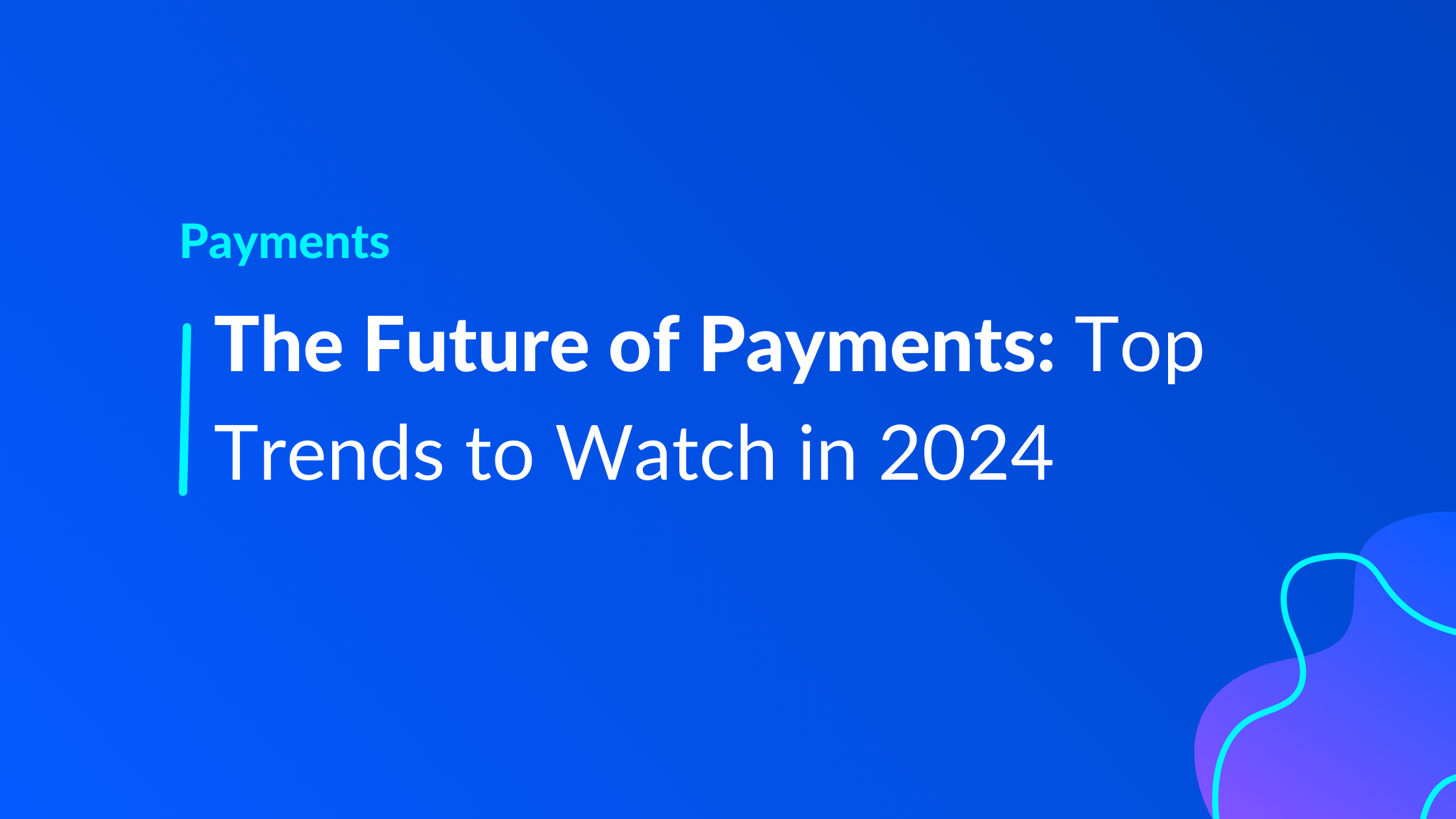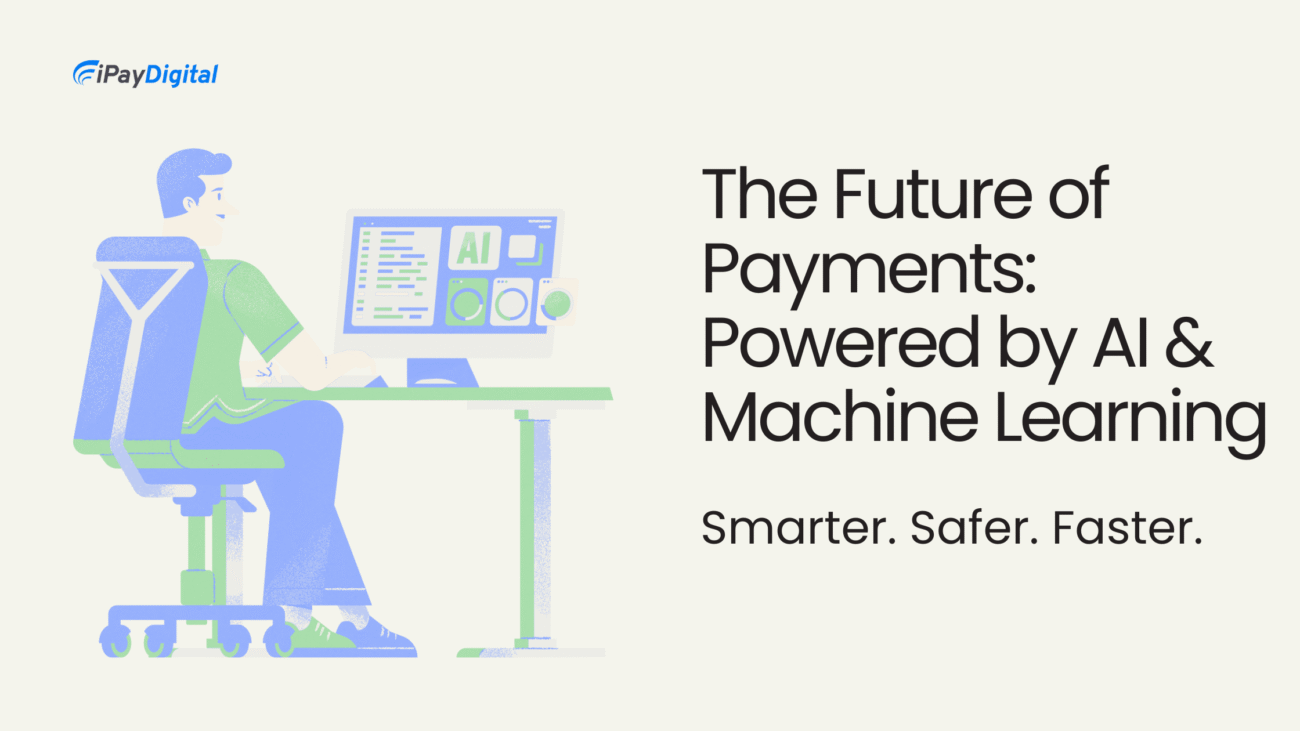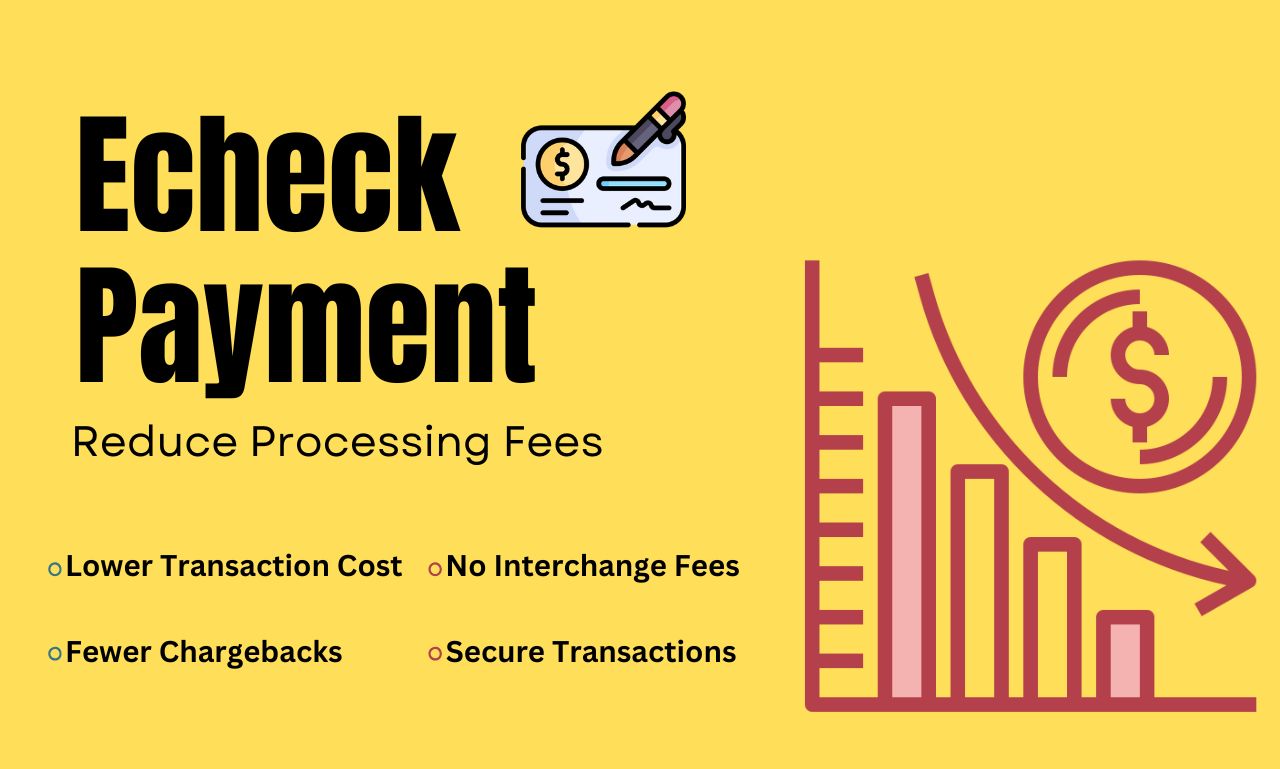The payment processing landscape is rapidly evolving, driven by technological advancements, changing consumer preferences, and the need for seamless, secure transactions. As we approach 2024, several trends are poised to reshape the industry, introducing innovative payment methods, enhancing security, and transforming how businesses and consumers interact in the financial world. Let’s explore the top payment processing trends for 2024 and how they might impact the industry, including eCheck payment processing, mobile payment processing, and merchant accounts.
1. Central Bank Digital Currencies (CBDCs):
Central Bank Digital Currencies (CBDCs) are emerging as a significant trend in 2024. CBDCs are digital forms of a nation’s currency issued by the central bank. They aim to combine the benefits of digital currencies with the stability of a national currency. As more countries experiment with CBDCs, we can expect an increase in adoption and integration into existing payment systems. CBDCs may lead to faster, more secure, and transparent transactions, reshaping the global financial landscape.
2. eCheck Payment Processing:
eChecks, or electronic checks, offer a secure and cost-effective method for processing payments, particularly for businesses. In 2024, eCheck payment processing is set to experience increased adoption, thanks to its efficiency and low transaction fees. eChecks allow businesses to process payments electronically, drawing funds directly from a customer’s bank account. This method is popular for recurring billing, utility payments, and large transactions. eChecks also offer improved security, as they are processed through the ACH network, which includes multiple layers of verification and authentication.
3. Mobile Payment Processing:
Mobile payment processing continues to rise in popularity, driven by the widespread use of smartphones and the demand for convenience. Mobile wallets and contactless payment methods allow consumers to make payments with a simple tap of their phone or smartwatch. In 2024, mobile payment processing will become even more prevalent, with more businesses accepting mobile payments and offering mobile-friendly checkout experiences. This trend offers consumers speed and convenience, while businesses benefit from faster transactions and enhanced customer satisfaction.
4. Merchant Accounts:
Merchant accounts are essential for businesses to accept and process various forms of payment, including credit cards, debit cards, and digital wallets. In 2024, merchant accounts will evolve to meet the demands of the modern payment landscape, offering greater flexibility, security, and interoperability. Many merchant account providers are now offering integrated solutions that combine payment processing with other financial services, such as invoicing, accounting, and inventory management. This integration streamlines operations for businesses and improves their overall efficiency.
5. Biometric Payment Authentication:
Biometric authentication is becoming a mainstream security measure in payment processing. By utilizing unique biological identifiers such as fingerprints, facial recognition, or voiceprints, biometric authentication adds a layer of security to transactions. In 2024, we will likely see more widespread adoption of biometric payment methods, providing consumers with a seamless and secure experience while reducing the risk of fraud.
6. Tokenization and Encryption:
Tokenization and encryption have been fundamental in securing online payments. Tokenization replaces sensitive payment information, such as credit card numbers, with unique tokens, reducing the risk of data breaches. In 2024, the use of these technologies will continue to grow, becoming standard practice in payment processing. This will enhance data protection and provide consumers with peace of mind when making transactions.
7. Embedded Finance and Payments:
Embedded finance refers to the integration of financial services within non-financial platforms, such as e-commerce websites or ride-sharing apps. In 2024, this trend will become more prevalent, enabling seamless and efficient payment experiences. By embedding payment processing within various digital touchpoints, businesses can offer a frictionless experience to their customers, increasing convenience and satisfaction.
8. Contactless Payments:
Contactless payments have gained significant traction in recent years, accelerated by the COVID-19 pandemic. In 2024, the trend is expected to continue growing, with more businesses and consumers embracing contactless options such as tap-to-pay credit cards and mobile wallets. Contactless payments provide speed and convenience, making them a preferred choice for many.
9. Buy Now, Pay Later (BNPL) Services:
Buy Now, Pay Later (BNPL) services have become a popular payment option, allowing consumers to split their purchases into installments. In 2024, BNPL will continue to expand, with more retailers and financial institutions offering these services. BNPL not only enhances the customer experience by providing flexible payment options but also drives sales for businesses.
10. Cryptocurrency Integration:
Cryptocurrency’s influence on the payment processing industry continues to grow, with more businesses accepting digital currencies as payment options. In 2024, we may see further integration of cryptocurrencies into payment systems, offering consumers an alternative method for conducting transactions. Cryptocurrencies provide benefits such as fast, low-cost cross-border transactions and increased financial inclusion.
11. Interoperability and Cross-Border Payments:
Interoperability in payment systems is crucial for facilitating seamless cross-border transactions. In 2024, efforts to improve interoperability among different payment networks and systems will gain momentum. These efforts aim to simplify international transactions, reduce fees, and enhance user experiences. Improved cross-border payments will benefit businesses and consumers by enabling easier access to global markets.
12. AI and Machine Learning for Fraud Detection:
Artificial intelligence (AI) and machine learning (ML) technologies are playing a significant role in detecting and preventing fraud in payment processing. In 2024, we can expect further advancements in AI and ML algorithms that analyze transaction data to identify suspicious patterns and potential fraud. This proactive approach will help payment processors and financial institutions combat fraud effectively and protect consumers.
13. Real-Time Payments:
Real-time payments, also known as instant payments, are becoming increasingly popular. In 2024, we anticipate more widespread adoption of real-time payment systems, enabling consumers and businesses to transfer funds instantly. This trend will revolutionize payment experiences, particularly for time-sensitive transactions such as bill payments and peer-to-peer transfers.
14. Voice-Activated Payments:
Voice-activated payments are gaining traction with the rise of smart devices and voice assistants. In 2024, this trend will continue to grow, allowing consumers to make payments using voice commands through devices like smart speakers and smartphones. This innovation offers a convenient and hands-free payment experience, aligning with the shift toward a more connected and automated lifestyle.
15. Sustainable and Ethical Payment Processing:
As environmental concerns take center stage, sustainable and ethical payment processing is becoming a focus. In 2024, consumers and businesses will increasingly prioritize payment methods and processors that support eco-friendly initiatives and responsible practices. From reducing paper waste to implementing carbon-neutral operations, sustainability will play a vital role in shaping the future of payment processing.
Conclusion The payment processing landscape in 2024 promises to be dynamic and transformative. From CBDCs to sustainable practices, the trends outlined above reflect a shift toward more innovative, secure, and user-friendly payment experiences. Businesses and consumers must stay informed and adaptable to these changes, as they shape the future of finance and redefine how we conduct transactions. As the industry continues to evolve, we can expect even more exciting developments on the horizon.














